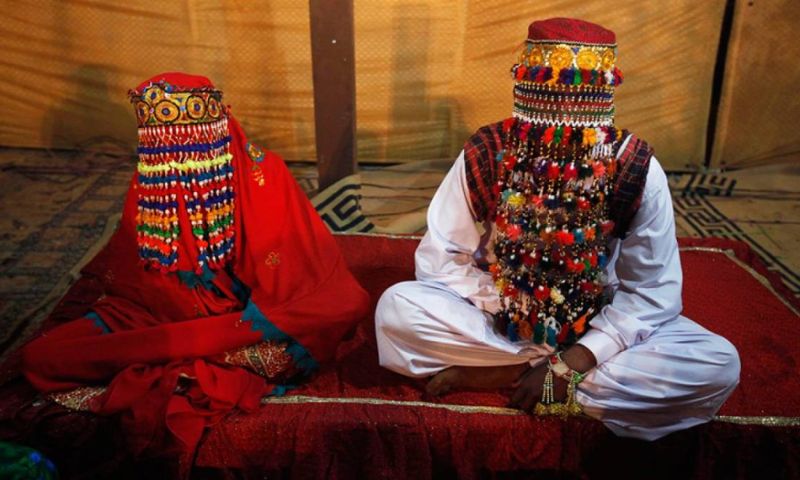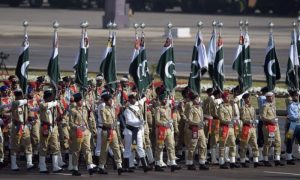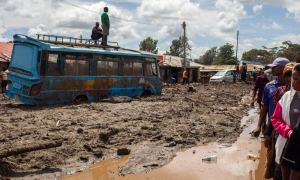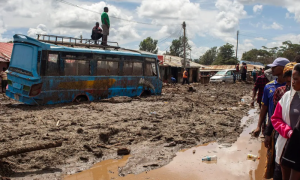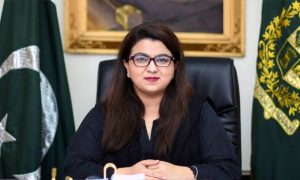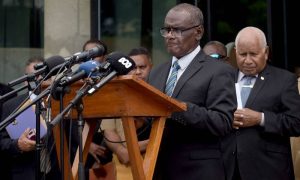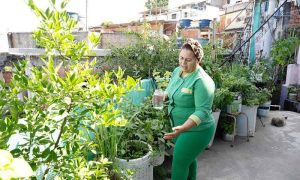Forced marriages persist as a critical concern in Pakistan, particularly in regions like Khyber Pakhtunkhwa, where cultural, social, and economic factors converge.
How many marriages are forced in Pakistan?
Forced marriages remain prevalent in Pakistan, with numerous instances reported annually. Specifically, a recent report highlighted 53 cases of forced marriages in Khyber Pakhtunkhwa alone last year, shedding light on the gravity of the issue in specific regions.
What is the percentage of forced marriages?
While pinpointing an exact percentage remains challenging, the reported cases from Peshawar underscore the alarming prevalence of forced marriages. This data, alongside broader national statistics, accentuates the urgency of addressing this pervasive issue effectively.
How many girls are forced to marry each year?
Annually, a significant number of girls in Pakistan, including those in Khyber Pakhtunkhwa, are subjected to forced marriages, compromising their rights, well-being, and future prospects. The reported cases from Peshawar reflect a broader pattern, necessitating targeted interventions and awareness campaigns.
What percentage of marriages in Pakistan are arranged?
Arranged marriages, prevalent across Pakistan, differ from forced marriages. However, the blurred boundaries between these practices perpetuate misconceptions and challenges. Understanding the nuances between arranged and forced marriages is crucial to addressing the root causes and fostering informed dialogue.
Globally, regions within South Asia, including parts of Pakistan, report higher rates of forced marriages. Factors such as gender inequality, socio-economic disparities, cultural norms, and inadequate legal frameworks contribute to the prevalence, necessitating comprehensive strategies and collaborative efforts.
Why is forced marriage common in Pakistan?
Forced marriages in Pakistan, stem from a complex interplay of cultural traditions, social pressures, economic considerations, and gender dynamics. Addressing the underlying factors and fostering dialogue, awareness, and empowerment are essential steps toward eradicating this harmful practice.
What are causes of forced marriage?
Cultural Norms: Deep-seated cultural beliefs prioritize familial honor, lineage preservation, and societal expectations.
Societal Pressures: Societal norms and perceptions perpetuate forced marriages, stigmatizing those who resist or challenge prevailing practices.
Economic Considerations: Economic factors, including dowry systems and financial stability, influence families’ decisions, leading to forced marriages.
Gender Inequality: Persistent gender disparities and unequal power dynamics perpetuate forced marriages, depriving women of agency, autonomy, and opportunities.
What causes forced marriage?
Forced marriages arise from a confluence of cultural traditions, societal expectations, economic considerations, and gender dynamics. Understanding these interconnected factors is crucial to fostering awareness, advocacy, and action to combat this pervasive issue effectively.
Why is forced marriage wrong?
Forced marriage fundamentally violates individuals’ rights, autonomy, and dignity, perpetuating inequality, discrimination, and injustice. Recognizing the inherent wrongfulness and addressing the root causes are essential steps toward fostering change, empowerment, and equality.
Conclusion
Forced marriages, exemplified by recent reports from Peshawar, represent a significant challenge in Pakistan, necessitating concerted efforts, awareness campaigns, and comprehensive strategies. Addressing the root causes, fostering dialogue, empowering communities, and strengthening legislative frameworks are essential steps toward eradicating forced marriages and promoting gender equality, human rights, and dignity for all.
By acknowledging the realities, advocating for change, and fostering collaboration among stakeholders, we can challenge and transform prevailing norms, attitudes, and practices, ensuring a brighter, more equitable future for Pakistani women and communities.














